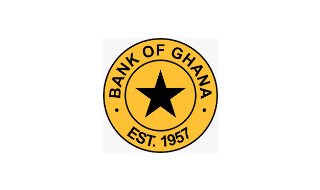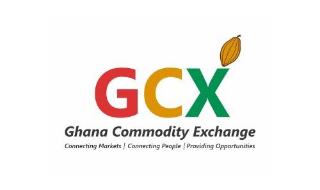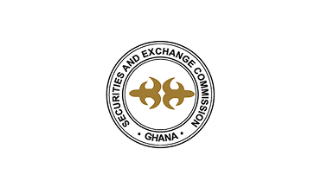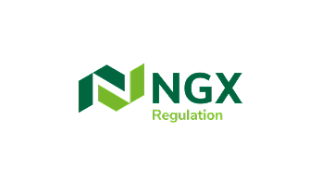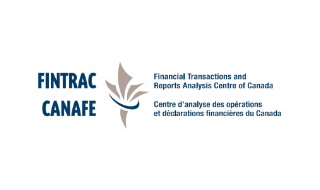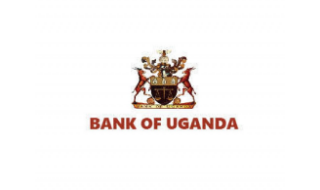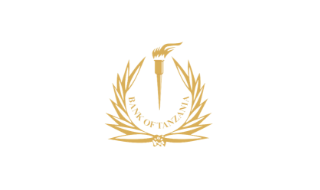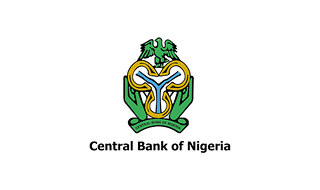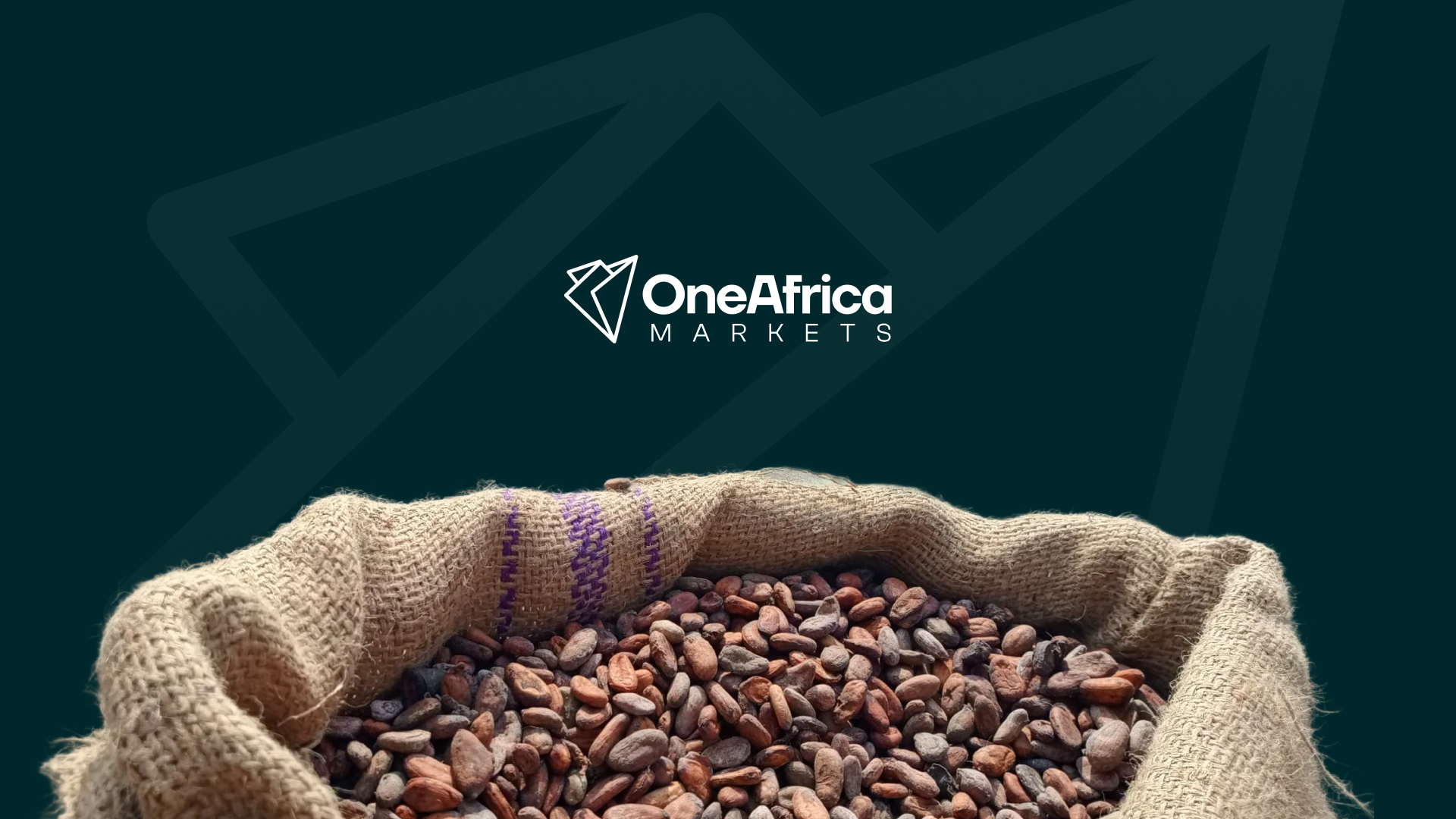
Cocoa prices have dropped over 30% from their April 2024 highs to below US$8,000 per tonne, marking their lowest level in nearly 20 months. The decline reflects improved supply in West Africa, weak global demand, and reduced speculative activity.
Africa, which supplies over 60% of global cocoa, faces mixed outcomes. In Ghana, export volumes fell by more than 50% in 2024 to 261,000 tonnes, while export revenues rose temporarily to US$1.7 billion due to earlier price spikes. Major producers like Ghana and Côte d’Ivoire, where cocoa accounts for up to 40% of export earnings, are now under fiscal pressure as prices correct.
However, local processors and manufacturers stand to benefit. Lower bean costs could improve margins, support capacity expansion, and advance Africa’s shift toward value-added processing.
For investors, the lesson is straightforward: commodity cycles remain a defining feature of Africa’s macroeconomic landscape. The current correction highlights both the risks and opportunities inherent in soft commodity markets. While exporters face income volatility, investors with exposure to value-added segments, such as processing, logistics, and trade finance, may find more stable, long-term opportunities.
The broader takeaway is the need for financial innovation in Africa’s commodity markets. Instruments such as hedging tools, warehouse receipt systems, and digital commodity exchanges can help producers and governments manage price risks more effectively while attracting institutional capital.
